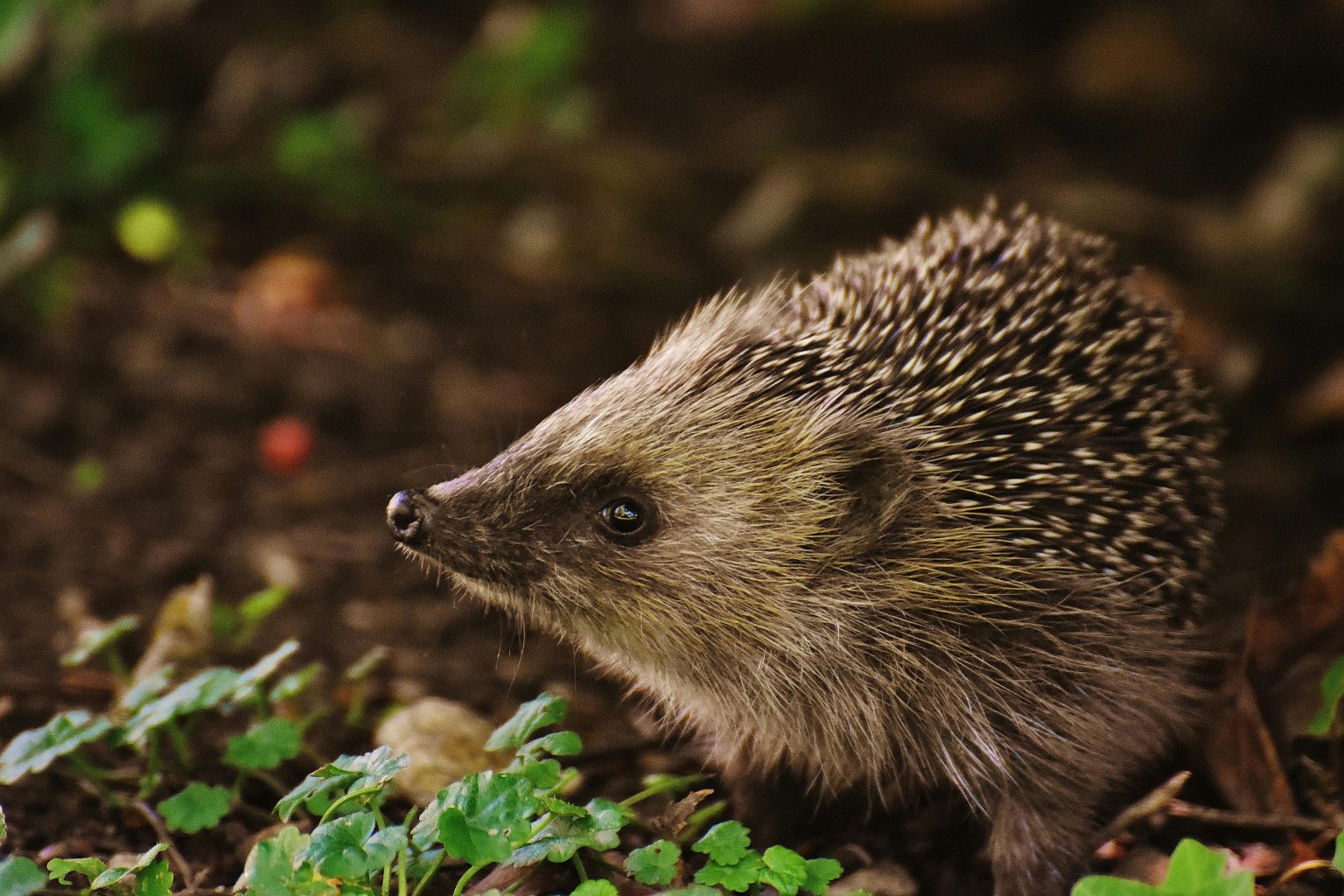This year’s summer has been a dry period with little rain – and, following multiple heatwaves, temperatures remain in the mid-20s in many parts of the UK. August is set to be a hot month, and while we might enjoy the weather, for wildlife it can be uncomfortable, and in some cases, dangerous. One animal that is particularly vulnerable is British favourite, the hedgehog. Hedgehog numbers are seriously in decline, with a reduction of 75 per cent in the last 20 years, and they are now considered endangered.
As part of their ongoing Trades to the Rescue campaign, experts from MyBuilder.com, the reliable way to hire tradespeople, have issued advice on how to protect hedgehogs during a heatwave, and are rallying their community of tradespeople to spread the word. Passionate about bolstering the numbers of hedgehogs in Britain, these gardening experts are on a mission to educate British gardeners on how their outside spaces can make a significant difference to the fate of hedgehogs.
However, while our gardens are vital in the fight to prevent hedgehog numbers declining further, elements of our summer gardens can actually be dangerous for the creatures.
James Lewis, an expert from MyBuilder.com, said: “While our gardens can be a real haven for hedgehogs, certain elements can represent a danger at this time of year.
“Ponds, paddling pools, and even drains can cause serious harm or even death to hedgehogs, so it’s essential that these are adequately made safe. Simple steps in your garden can take away any risk, and in fact provide important elements to keep our wildlife healthy in the heat.
“If you have any concerns about how to keep hedgehogs – and wildlife in general – safe in your summer garden, ask a local gardener to take a look at your outdoor areas and make recommendations. Most are easily done, and will make a big difference to your local hedgehogs.”
Sharon Jacobs, Head Nurse at Tiggywinkles, said “During the summer heatwaves, it’s vital to remember that hedgehogs are not only struggling with the high temperatures themselves – many are also caring for tiny babies. Leaving out shallow dishes of water and checking long grass or under shrubs before gardening so that you don’t inadvertently disturb a nest can make all the difference. A small act of kindness can save a whole family of hedgehogs.”
Here’s the MyBuilder.com expert guide on how to keep hedgehogs safe in a heatwave.
Make your ponds and paddling pools safe
In this heat, wildlife, including hedgehogs, will be seeking out water sources. A pond or paddling pool can seem extremely tempting – but could trap or even drown hedgehogs. To prevent this from happening, cover your pools where possible, or build a ramp for creatures to use to clamber out of danger. These ramps can come in a variety of forms, from chicken wire, to logs, to small piles of rocks. Check your pool or pond several times a day to make sure no animal has fallen in.
Provide shelter
Protection from the sun’s rays is essential for hedgehogs. If you have a hedgehog house, place it in a shaded area, such as under a tree or hedge. Otherwise, a pile of logs or leaves can do a great job of shielding a hedgehog from the heat. Avoid putting shelter on any surfaces that can get hot, such as artificial grass, as this could potentially burn the animal’s feet and cause more damage than good.
Watch out for babies
Now is the time when you might see a baby hedgehog (a hoglet). If you do, watch it from a distance. Don’t panic if it’s alone, hoglets are usually independent from adults and don’t always need to be rescued. Only intervene if they are obviously injured, surrounded by obvious danger, squeaking with their eyes shut, or appear smaller than an apple. If intervention seems necessary, take the hoglet to a wildlife rescue centre or vet. The heatwave will be making it harder for hedgehogs and hoglets to find food and water, so helping sustain them is a good idea. However, be careful what you give them. It’s recommended that you feed them tinned dog or cat food, or specialist hedgehog food. Do not give them dry food, as they can’t eat it, or milk, as it may give them diarrhoea. A shallow water dish that they won’t be able to drown in is also a good idea.
Leave some areas wild
Wild areas in your garden provide a natural food source as well as shelter from the heat. It can be a small corner or strip of your garden, or a larger one, and leave it to grow. Allowing nettles and other weeds to grow will provide shelter for your hedgehogs throughout the warmer months.
Check your compost
Hot hedgehogs may seek shelter in your compost pile, so check it carefully before forking or digging it out. Many rescue centres report multiple injuries to hedgehogs caused by pitchforks or spades, so go gently and turn over compost slowly before digging in.
Leave out water and food
Leaving a small animal bowl or saucer of water is vital to keep hedgehogs hydrated, and to stop them seeking a water source in a dangerous place. Leave the bowl in a quiet and shady area. A healthy hedgehog should drink around two tablespoons of water a day, so providing a small bowl every few days should do the trick. Wet cat food is a great choice of food to leave out for hedgehogs at this time of year, as it can provide hydration as well as sustenance.
Cover drains
Uncovered drains can be a hazard for hedgehogs – especially in the heat. Hedgehogs may seek out drains as a water source in the heat, and then become trapped. It’s important to keep your drains covered if possible to ensure the safety of our hedgehogs. Cover them using a specific “manhole cover” used for drains, or using a water-filled bag on a more temporary basis. If you plan to build over your drain permanently, you may need permission from your local authority.
For the full information on this campaign for Hedgehog awareness, please visit https://www.mybuilder.com/blog/help-for-hedgehogs.



